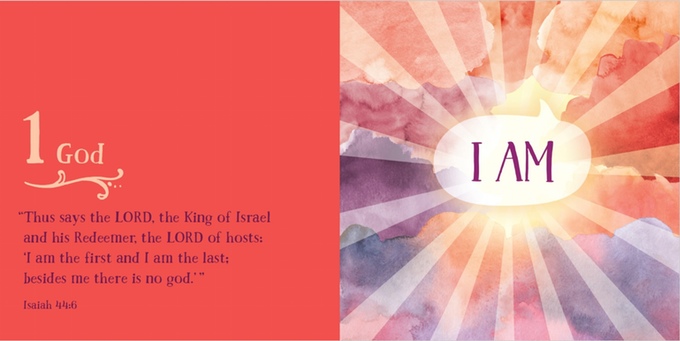After featuring Danielle Hitchen’s new project on Monday, I wanted to ask her a few more questions about the counting primer specifically and about more general work that she is doing with Catechesis Books. So in this brief interview, we’ll hear how Danielle (and artist Jessica Blanchard) chose the visuals for the book, selected text excerpts to feature on each page, and more. Remember, if you’re interested in Danielle’s project and want to support it, you can do so via their Kickstarter page.
The first thing that stood out to me as I looked at the proofs is that you’ve made some really interesting choices for the topics you cover. It’s a counting primer board book for very small children, but you’re covering things like the two natures of Christ, three persons in the trinity, etc. How did you decide what things to feature on each page?
Login to read more
Sign in or create a free account to access Subscriber-only content.
